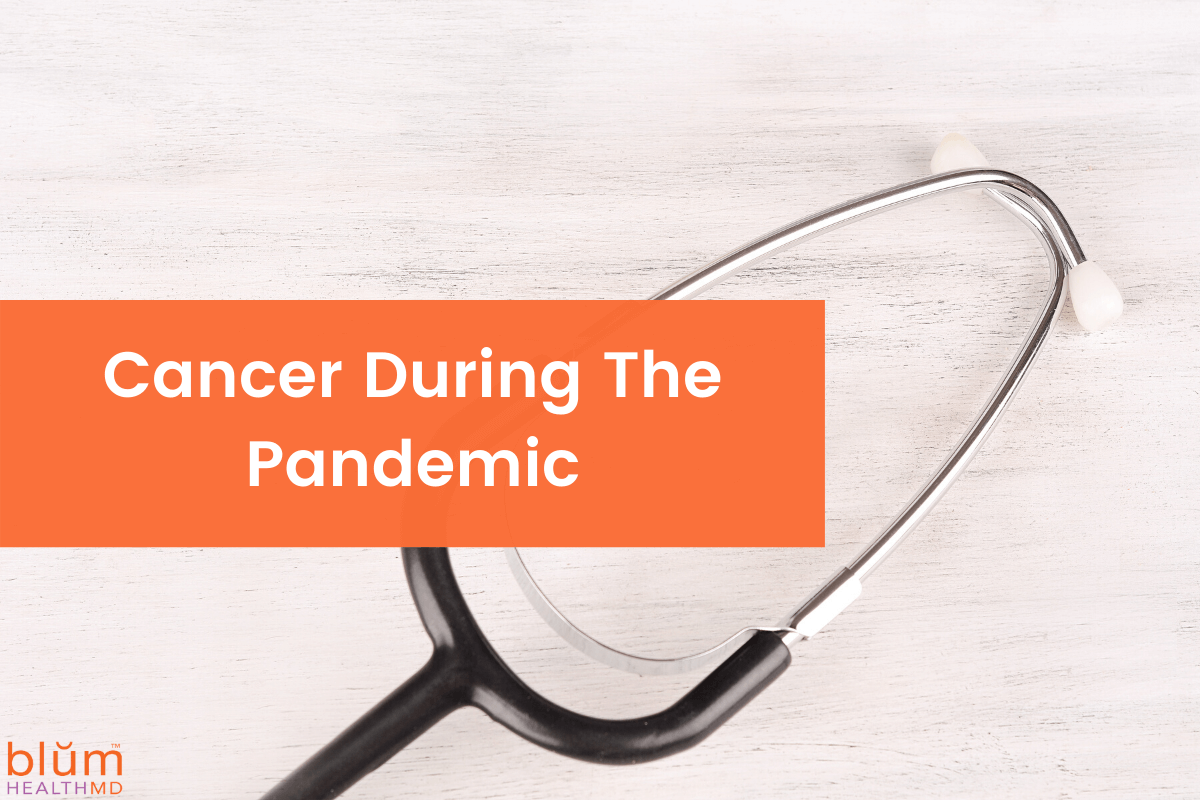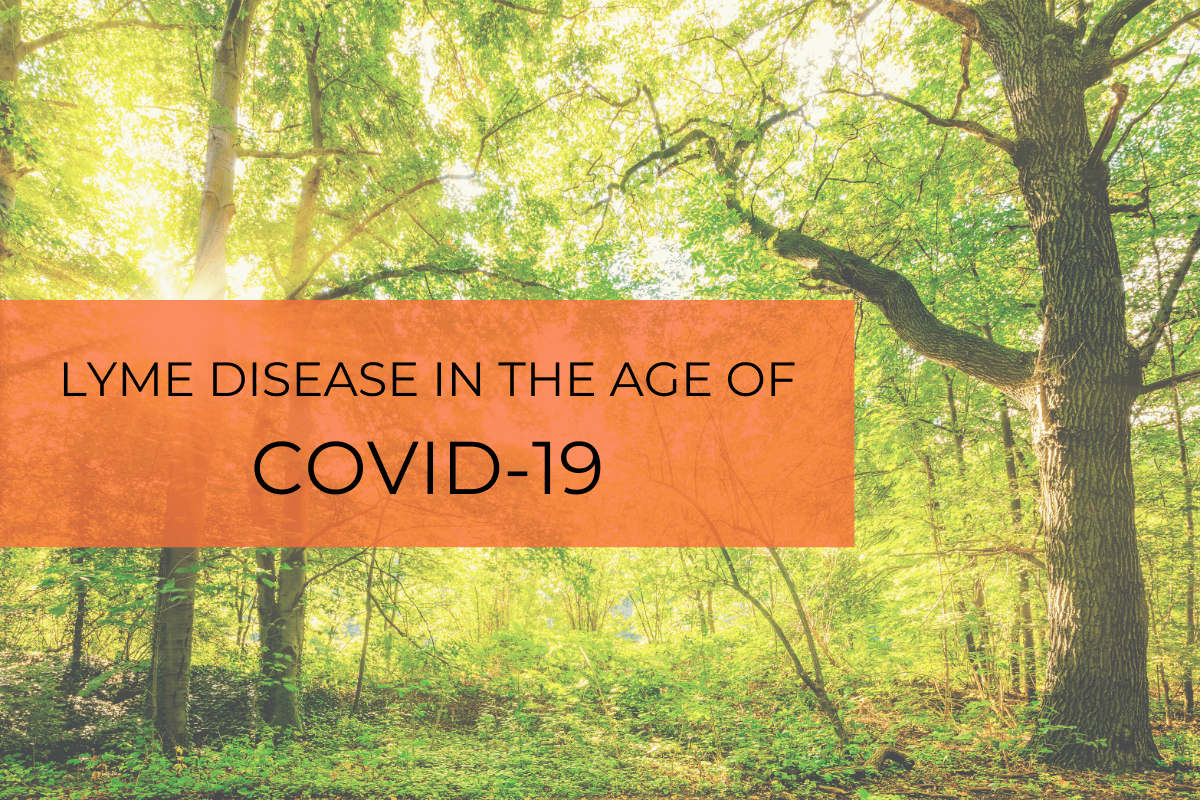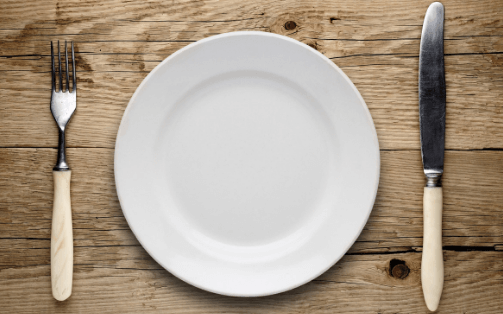
Do you have a health condition, like cancer, that you’d normally seek medical care for but you haven’t during the coronavirus pandemic? Is this because you think you’re safer at home and going out would risk infection, or your usual physician is not available to see patients? You aren’t alone.
One of the most disconcerting things to me as a physician during this pandemic is that the other medical conditions people have been suffering with have mysteriously disappeared. It makes sense that emergency rooms have noted a dip in occurrences like car fatalities and injuries since many of us are not out and about driving. However, what about heart attacks and strokes? These are time-sensitive events that if treated early, make a significant difference in someone’s survival. Many people are afraid to call an ambulance or go to the ER with concerning symptoms like chest pain or sudden weakness in parts of the body because they fear they will get infected with Sars-CoV2. And unfortunately this is leaving many people to die at home or they are left with permanent disabilities because they received medical attention too late. These are not conditions where the wait-and-see approach works.
SCREENINGS FOR CANCER DURING THE PANDEMIC
Have you been due for your regular screening colonoscopy or mammogram and have delayed calling to make that appointment because it isn’t an emergency or you decided it can wait until we have some clarity about returning to normal life? Again, you are not alone.
In a typical year, roughly 150,000 cases of cancer are detected monthly in the US population. As a physician specializing in Integrative Oncology, I am very concerned that people with signs of cancer – a new mass or lump – are not being assessed quickly enough and that these new cases are being missed in the earliest stages when treatment is most effective. Many people have been choosing to wait until it is “safe” to make the phone call for an appointment. Every doctor and health system is doing their best to create a safe environment for patients, and while we don’t have all the answers, it is now time to reach out to your provider through telemedicine and share your concerns so that you can create a plan of action together.
CANCER AND COVID
As someone with cancer during the coronavirus pandemic, are you concerned about what you can do beyond secluding yourself at home?
During the past 3 months, I have been hearing from many of my cancer patients with concerns about what else they can do. Whether they have a past history of cancer, or are actively in treatment, these patients are looking to have an action plan in place that will help when they are going to reintegrate into the world.
During this exceptional time, it has also been more difficult for my cancer patients to find some semblance of security in their treatment or monitoring. Many have felt that their diagnosis has taken a backseat to the pandemic at large. One of my patients called for a telemedicine followup with her oncologist to find that he was recruited by his hospital to work in the ER managing COVID-19 patients. Another patient was told to forgo treatment for one month due to a high risk of exposure; her tumor markers became elevated the following month. Others have found that when they questioned their current regimen, they were told to stay the course until things resumed to a more normal format. And just like everyone else, those with cancer are very reluctant to go to an ER (whether for a cancer related issue or anything else like heart attack or stroke symptoms), because they are known to be a high-risk category because of a weakened immune system.
INTEGRATIVE ONCOLOGY
I have been practicing integrative oncology for well over 15 years, helping people to navigate through conventional treatments by offering ways to naturally mitigate symptoms from chemotherapy, radiation and surgery as well as exploring other areas of evidence based treatments that lie outside of the box of their oncologist. Often, people seek me out to support their treatment nutritionally or to “boost immunity” during treatment, and this is a good place to start. But then most people discover there is a plethora of other adjunctive possibilities outside of what their oncology team has offered. Cancer is a diagnosis that I hope that one would consider all angles and possibilities and various opinions to help construct the most solid plan to move forward and try to conquer the disease.
One of the areas that I focus on is supporting immunity and treating immune issues with these patients. It is interesting to me that many of the natural herbal and nutraceutical treatments that I have used in cancer for various reasons, have activity in some format against Sars-CoV2. For example, I’ve utilized Chinese Skullcap (also known as scutellaria baicalensis) in both breast and ovarian cancers (as well as other cancers such as colorectal and prostate cancer) because of its anti-proliferative activity against tumor cells but interestingly it has a place in combating Sars-CoV2 by enhancing not only immune function but also possessing anti-inflammatory activity for a variety of cytokines and can potentially block the virus from attaching to ACE-2 receptors that are unique to this virus. A good review can be found HERE.
The field of integrative oncology is immense and I have always gravitated to working with cancer patients for a number of reasons. It presents an incredibly difficult time that often necessitates a change in mindset, which allows me to show people that this challenge is an opportunity not only to make positive and sometimes radical change in one’s life. It’s also a time to take control and not always assume that there is nothing out there beyond what the oncologist or surgeon is offering. And with over 100 peer reviewed publications that come out daily, the field is constantly evolving and my work is never “protocol.” These are just a few reasons why I find working with cancer patients extremely rewarding. The current pandemic adds yet another layer to work through with patients and I accept the challenges ahead.
Pamela Yee, MD is an Integrative Physician at Blum Center for Health in Rye Brook, NY where she creates highly personalized treatment plans for each of her patients. Dr. Yee has a special interest in integrative cancer care, immune disorders, and lyme disease. She lives in Nyack NY where she and her husband manage their own organic micro-farm.




